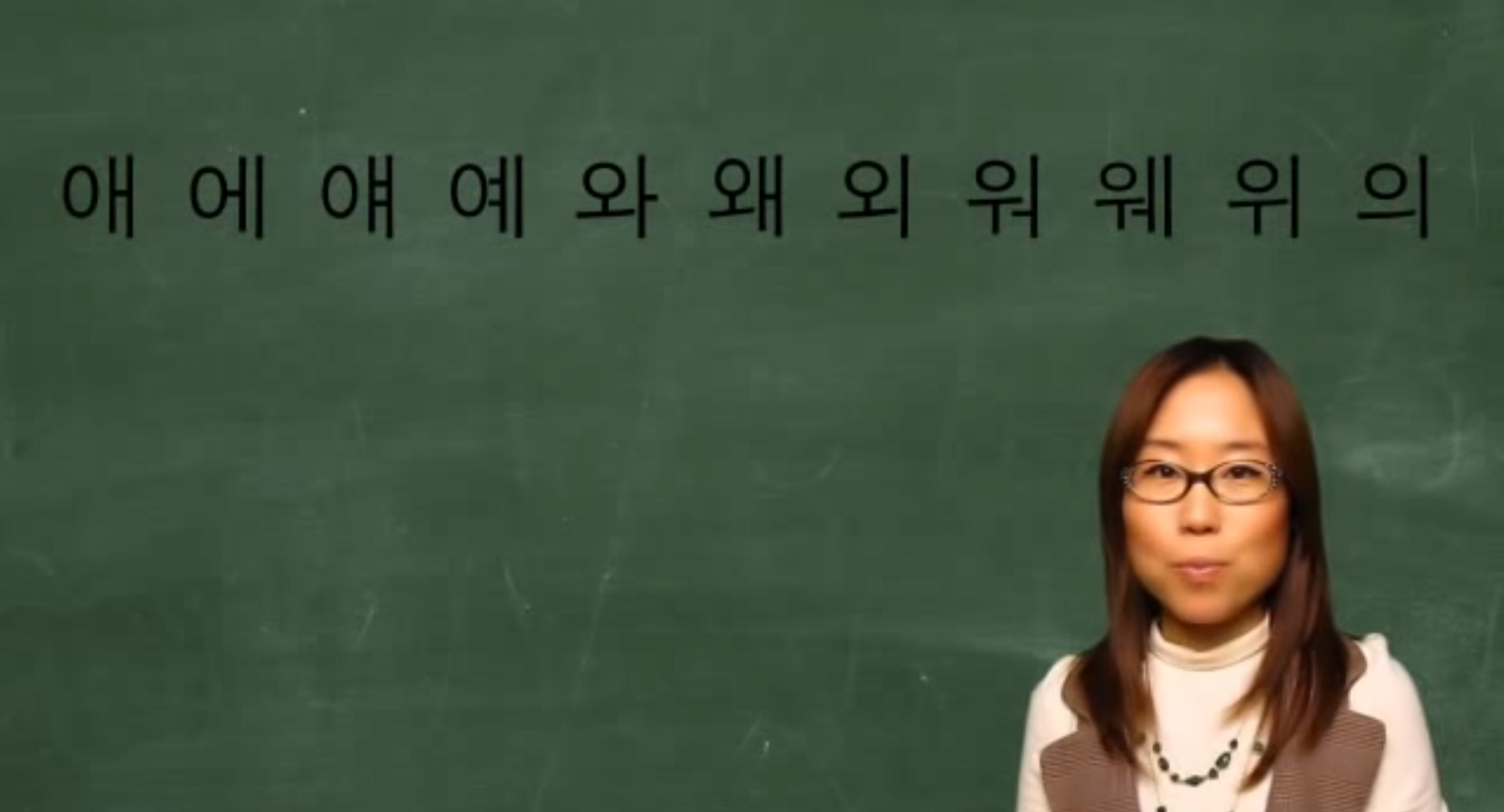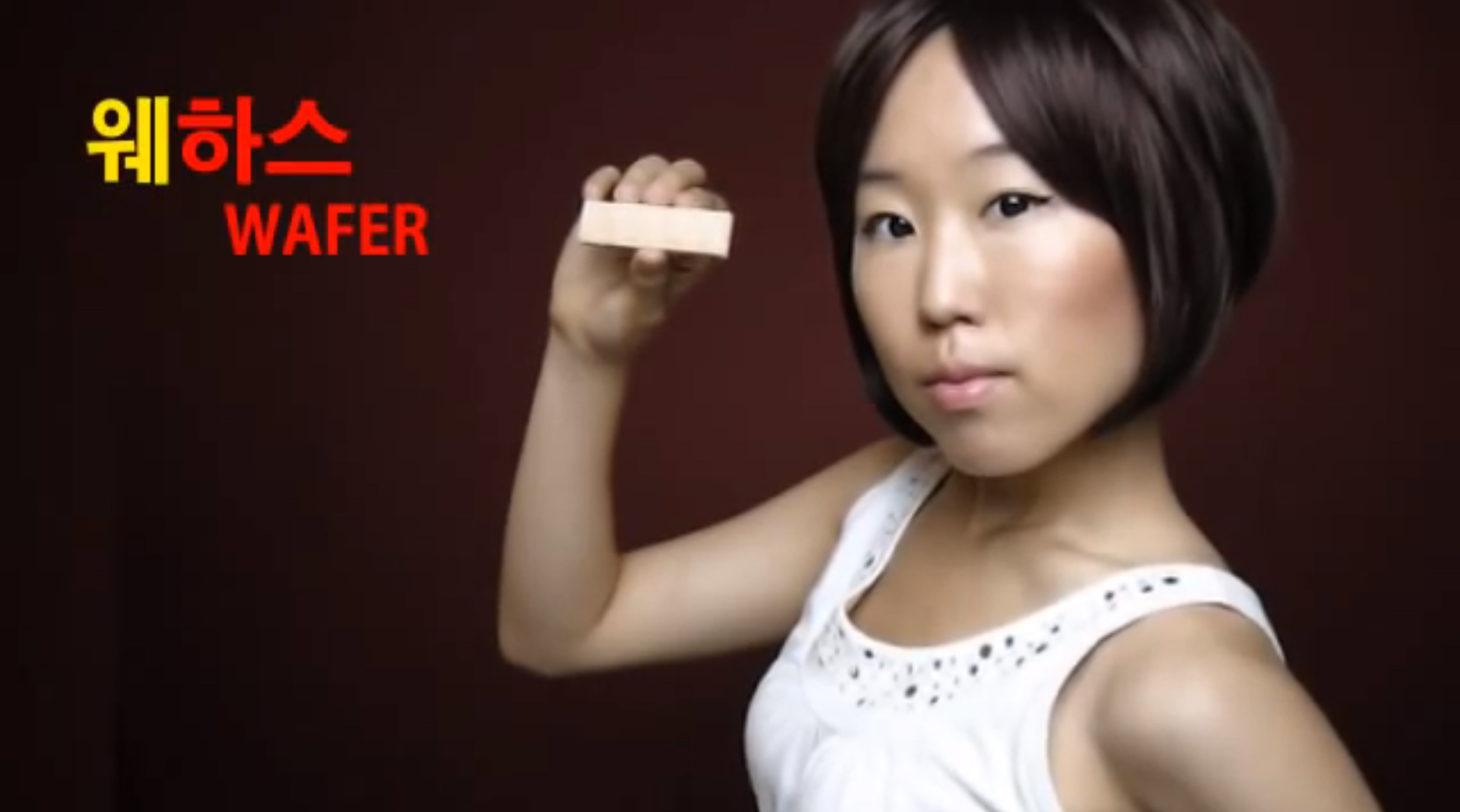Diphthong. It's a funny word. Try not to divide it into two. As naughty as the term may sound, diphthongs are actually complex and compound vowels. You'll see them in Korean text on a daily basis.
Let's learn about diphthongs with Professor Oh in Lesson 4:
There are 11 diphthongs in the Korean language. A diphthong starts with one vowel sound and ends with another.
The diphthongs in alphabetical order.
Diphthongs rearranged to show repetitive patterns.
How to pronounce the diphthongs when they are combined with the silent consonant (the circle in red).
Some of the diphthongs (when paired with the silent consonant) are a word. For example, YEH means the formal "yes" in Korean.
Billy Jin demonstrating how to use YEH when speaking to your elders.
WEH means "why" in Korean.
Granny Kim asks Billy Jin why her hair is so big using the diphthong WEH.
Congratulations to the CF girl on making her debut on "Let's Learn Korean with Professor Oh"!
To download the following worksheet, right click on your mouse. Then press "Save Image as..." and save to your intended location. Have fun practicing your Korean skills!













